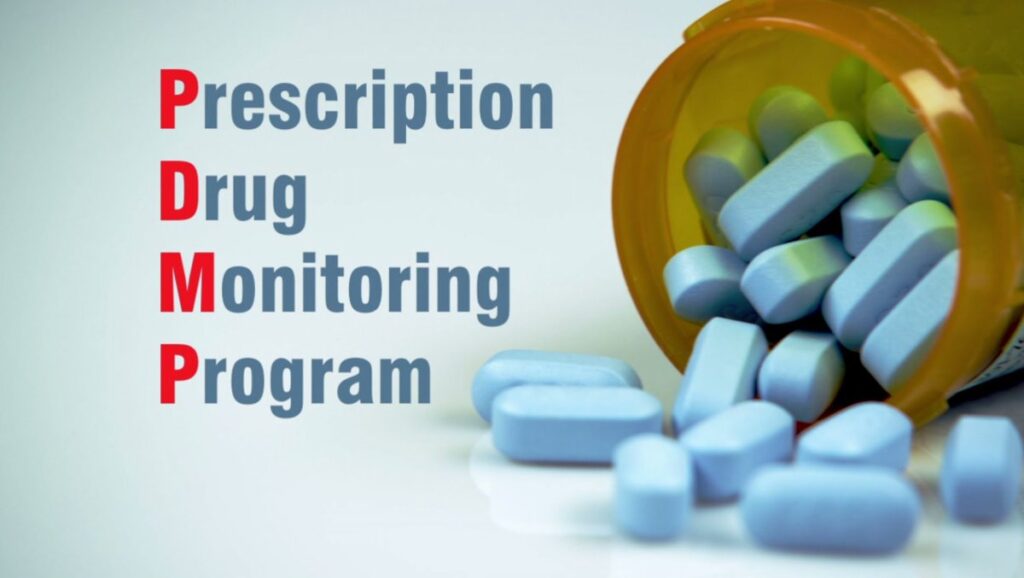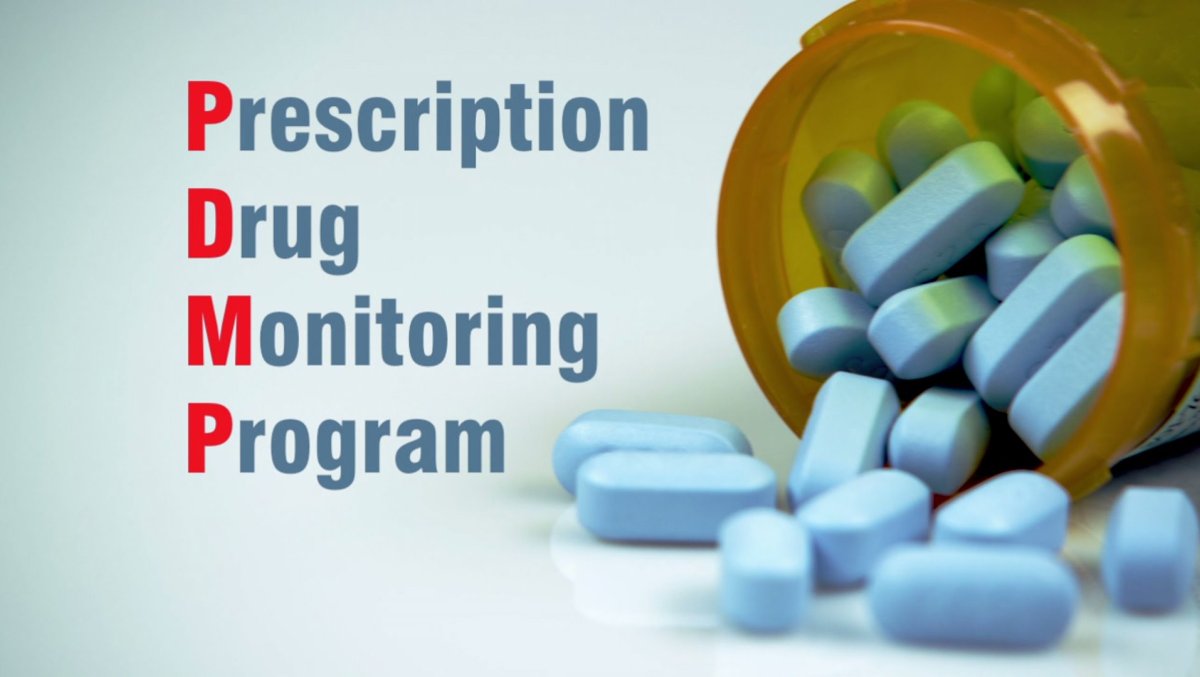
Understanding NY PDMP: New York’s Prescription Drug Monitoring Program
The New York Prescription Drug Monitoring Program (NY PDMP) is a critical tool in the fight against prescription drug abuse and diversion. This comprehensive program collects and monitors data on controlled substance prescriptions dispensed in New York State. Understanding the NY PDMP is essential for healthcare providers, pharmacists, and patients alike. This article delves into the details of the program, its purpose, how it works, and its impact on healthcare in New York.
What is the NY PDMP?
The NY PDMP is an electronic database that tracks the prescribing and dispensing of controlled substances in New York. It operates under the oversight of the New York State Department of Health. The program’s primary goal is to reduce prescription drug abuse, prevent drug diversion, and improve patient safety. By providing a centralized repository of prescription information, the NY PDMP helps healthcare providers make more informed decisions about prescribing controlled substances.
Purpose and Goals of the NY PDMP
The NY PDMP serves several crucial purposes:
- Reducing Prescription Drug Abuse: By identifying patterns of abuse and diversion, the program helps to prevent individuals from obtaining multiple prescriptions for the same drug.
- Preventing Drug Diversion: The NY PDMP helps to detect and prevent the illegal diversion of prescription drugs, which can be sold on the black market or used for non-medical purposes.
- Improving Patient Safety: The program provides healthcare providers with valuable information about a patient’s prescription history, allowing them to identify potential drug interactions, overdoses, and other adverse events.
- Supporting Law Enforcement: The NY PDMP assists law enforcement agencies in investigating cases of prescription drug fraud and abuse.
- Enhancing Clinical Decision-Making: By providing a comprehensive view of a patient’s prescription history, the program enables healthcare providers to make more informed decisions about prescribing controlled substances.
How the NY PDMP Works
The NY PDMP operates through a secure electronic database that collects information on controlled substance prescriptions dispensed in New York. When a prescription for a controlled substance is filled at a pharmacy, the pharmacist is required to report the following information to the NY PDMP:
- Patient’s name and date of birth
- Prescriber’s name and DEA number
- Drug name, dosage, and quantity
- Date the prescription was filled
- Pharmacy name and DEA number
This information is then stored in the NY PDMP database, where it can be accessed by authorized healthcare providers and law enforcement officials. Healthcare providers are required to consult the NY PDMP before prescribing certain controlled substances, such as opioids, to new patients or when there is a reason to suspect drug abuse or diversion.
Accessing and Using the NY PDMP
Healthcare providers can access the NY PDMP through a secure online portal. To access the program, providers must first register with the New York State Department of Health and obtain a user ID and password. Once registered, providers can log in to the NY PDMP and search for patient prescription histories by entering the patient’s name and date of birth.
The NY PDMP provides a wealth of information about a patient’s prescription history, including:
- A list of all controlled substances prescribed to the patient
- The names of the prescribers who wrote the prescriptions
- The dates the prescriptions were filled
- The pharmacies that filled the prescriptions
This information can be invaluable in helping healthcare providers make informed decisions about prescribing controlled substances. For example, if a provider sees that a patient has been prescribed multiple opioids by different prescribers, they may be concerned about the potential for drug abuse or diversion. In this case, the provider may choose to prescribe a lower dose of the opioid or to refer the patient to a substance abuse treatment program. The NY PDMP is an important tool for identifying patients at risk.
Benefits of the NY PDMP
The NY PDMP offers numerous benefits to healthcare providers, patients, and the community as a whole:
- Improved Patient Safety: By providing healthcare providers with access to a patient’s prescription history, the program helps to prevent drug interactions, overdoses, and other adverse events.
- Reduced Prescription Drug Abuse: The NY PDMP helps to identify patterns of abuse and diversion, preventing individuals from obtaining multiple prescriptions for the same drug.
- Prevention of Drug Diversion: The program helps to detect and prevent the illegal diversion of prescription drugs, which can be sold on the black market or used for non-medical purposes.
- Enhanced Clinical Decision-Making: By providing a comprehensive view of a patient’s prescription history, the program enables healthcare providers to make more informed decisions about prescribing controlled substances.
- Support for Law Enforcement: The NY PDMP assists law enforcement agencies in investigating cases of prescription drug fraud and abuse.
Challenges and Limitations
While the NY PDMP is a valuable tool, it also has some limitations. One challenge is ensuring that all healthcare providers and pharmacists are aware of the program and how to use it effectively. Another challenge is maintaining the accuracy and completeness of the data in the NY PDMP database. It’s important to ensure that data entry is consistent and timely. Additionally, the NY PDMP only tracks prescriptions filled in New York State. If a patient receives prescriptions from out-of-state providers, this information may not be reflected in the NY PDMP database. [See also: State Prescription Monitoring Programs]
Recent Updates and Changes
The NY PDMP has undergone several updates and changes since its inception. These changes have been aimed at improving the program’s effectiveness and usability. For example, the NY PDMP has been integrated with electronic health record (EHR) systems, making it easier for healthcare providers to access patient prescription histories. The state regularly updates the program based on feedback and new research.
The Future of the NY PDMP
The NY PDMP is expected to continue to play a vital role in the fight against prescription drug abuse and diversion in New York. As technology advances, the NY PDMP is likely to become even more sophisticated and effective. Future enhancements may include:
- Improved data analytics to identify patterns of abuse and diversion more effectively.
- Integration with other state and federal databases to provide a more comprehensive view of a patient’s prescription history.
- Enhanced security measures to protect patient privacy and prevent unauthorized access to the NY PDMP database.
Conclusion
The NY PDMP is a critical tool in the fight against prescription drug abuse and diversion in New York. By providing a centralized repository of prescription information, the program helps healthcare providers make more informed decisions about prescribing controlled substances. While the NY PDMP has some limitations, it offers numerous benefits to healthcare providers, patients, and the community as a whole. As technology advances, the NY PDMP is likely to become even more sophisticated and effective, playing an increasingly important role in protecting public health and safety. Understanding the NY PDMP is crucial for all healthcare professionals operating in New York State. The program’s continuous evolution ensures it remains a relevant and effective tool in combating prescription drug misuse.

